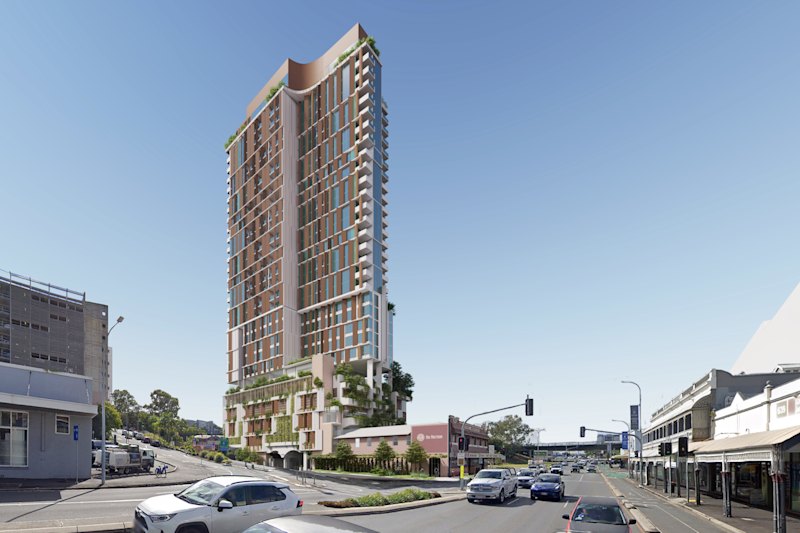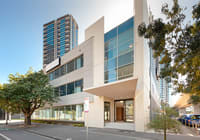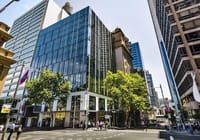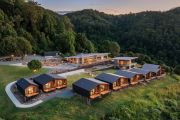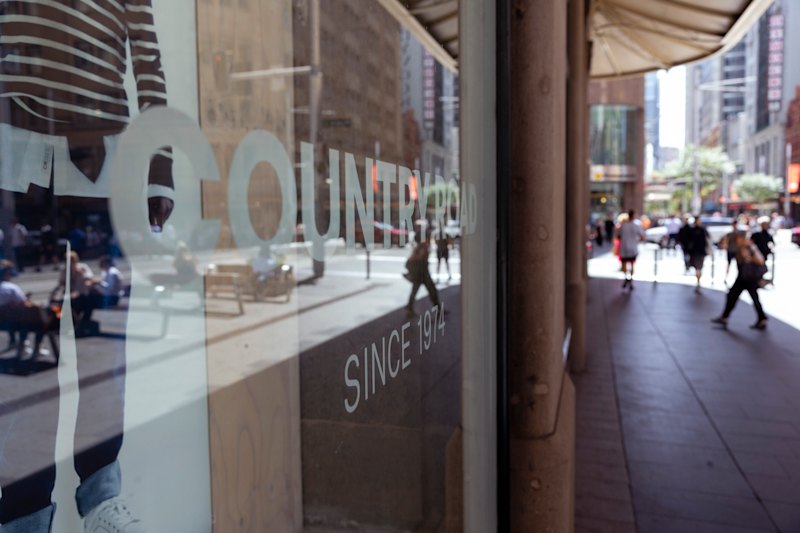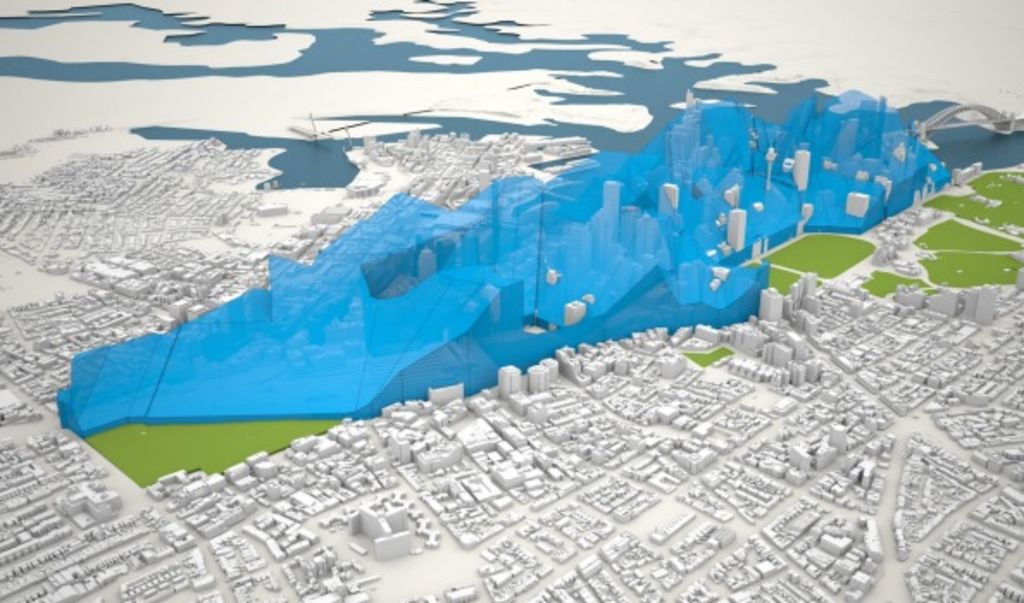
Industry welcomes new CBD strategy but wary of detail
Sydney’s development and property industry has, at first glance, largely supported the dramatic changes to height and usage proposed by the City of the Sydney in its new, draft Central Sydney Planning Strategy.
But some are cautious about the detail, about the costs, and about the implementation.
The new strategy, released late on Wednesday, aims to encourage more office and hotel projects and curb the current enthusiasm for apartment towers.
The strategy would require all new towers over 55 metres to be at least half commercial. New towers could rise above current height limits, as high as 300 metres, if they were exclusively for office, hotel or other commercial use.
Lord mayor Clover Moore said the proposal would unlock 2.9 million sq m of new commercial space and protect the new economy’s floor-space needs from high-priced residential on larger-scale sites.
 Sydney lord mayor Clover Moore says the proposal will protect the city’s floor space. Photo: Louise Kennerley
Sydney lord mayor Clover Moore says the proposal will protect the city’s floor space. Photo: Louise Kennerley
Greg Crone, the chief executive of architects Crone Partners, has been designing towers in the Sydney CBD for almost 30 years.
“I think it is a great start,” he said. “There is a genuine consensus that there needs to be far greater balance in the cities, and that is not just in Sydney but in many global cities.”
Michael Cook, group executive at Investa Office, said the strategy answered many of the questions facing the growing city as it tried to meet the demands of city residents without jeopardising commercial requirements.
“The new LEP [Local Environment Plan] appears to give a little to everyone; greater heights, protection of sun access, smarter design rules and encouragement of better long-term outcomes,” he said.
“The council has responded in an intelligent way to take advantage of the new transport infrastructure currently being constructed, like the light rail and the Metro. This infrastructure lends itself to allowing denser and more-comprehensive development in the CBD.”
The chief executive of the DEXUS Property Group, Darren Steinberg, supported the City of Sydney focus on ensuring sufficient commercial office space in the CBD into the future.
“Due to the geography of the area, the core CBD precinct is very tight and the only logical way to do this is to increase heights of its towers,” he said. “As the largest owner-manager of Sydney CBD office buildings we look forward to working with the city to ensure the appropriate precincts are given additional height limits.”
One leading CBD valuer, the managing director of valuation and advisory services at Colliers International, Dwight Hillier, said that at first glance the draft proposals had “a lot of positives”.
He noted that valuation uplift was likely to be focused on those sites, or clusters of sites, on which the full 300-metre height can be achieved.
He also noted the proposal would be good news for those who have approvals for “significant residential buildings”.
Chris Johnson, the chief executive of Urban Taskforce, a developers lobby group, welcomed proposals to increase the height of the city’s towers but warned about potential increased costs to developers.
The draft recommends that any uplift in value, due to planning, be “equally shared between the land owner-developer and the public … to ensure the adequate provision of infrastructure in the city”.
Mr Johnson was also concerned that proposals seemed to be discouraging residential development.
“This will have an impact on the physical shape of the city, with fatter commercial towers rather than slim residential towers,” he said. “Residential mixed uses in the city create active, bustling centres with cafes, restaurants and walkable areas 24/7.”
NSW executive director of the Property Council, Jane Fitzgerald, said the strategy included some excellent proposals such as removing long-term height controls, which have constrained the CBD’s growth.
“Sydney needs a sensible and sustainable supply of commercial office space, and the proposed incentives for commercial development reflect the future demand that our geographically constrained CBD faces.”
Ms Fitzgerald said the “devil was in the detail”.
“The proposal to introduce a new 50 per cent mixed-use requirement for residential development, in particular, is an untested model within Sydney’s market dynamics and may risk future investment,” she said.
“We want to make sure that the final strategy gets the balance right across all types of development and asset classes – whether this document does that is still an open question.”


